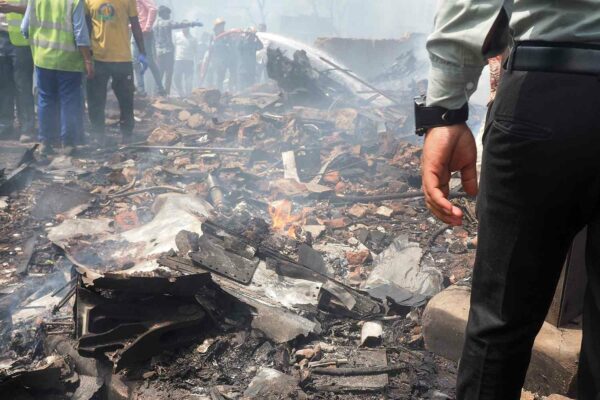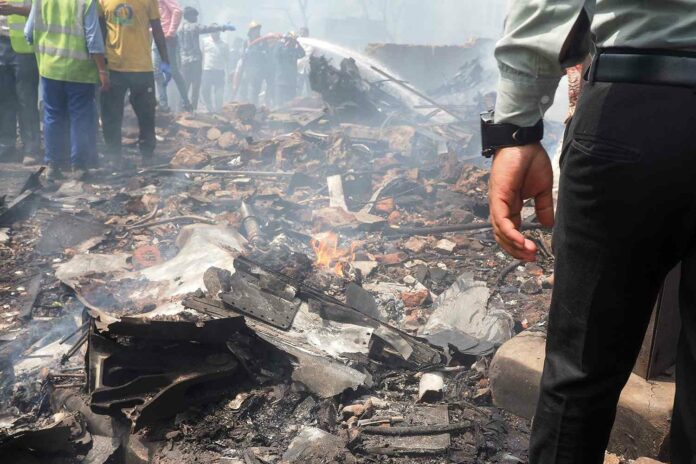In a critical development for the investigation into last week’s catastrophic Air India Flight AI171 crash, the airline’s chairman, N. Chandrasekaran, has confirmed that one of the Boeing 787-8 Dreamliner’s engines was newly installed just three months prior to the disaster. This revelation places a heightened focus on the recently replaced right engine as investigators work to unravel the cause of the crash that claimed 241 lives.
The disclosure by Chandrasekaran, in his first public statement since the June 12 tragedy, comes as the Aircraft Accident Investigation Bureau (AAIB) delves into what is now one of India’s deadliest aviation incidents in decades. The Dreamliner, bound for London, plummeted into a residential area moments after takeoff from Ahmedabad’s Sardar Vallabhbhai Patel International Airport.

“As for the engines, the right engine was a new engine put in March 2025,” Chandrasekaran stated in an interview, adding that “the left engine was last serviced in 2023 and due for its next maintenance check in December 2025. Both engine histories are clean.” He emphasized that the nearly 12-year-old aircraft itself had a “clean history” with no prior red flags or maintenance issues.
This information is now central to the ongoing probe, which includes experts from the UK’s Air Accidents Investigation Branch and the U.S. National Transportation Safety Board (NTSB). While Chandrasekaran urged caution against premature conclusions, stating that the “black box and recorders will definitely tell the story,” the fact that a crucial component was so recently swapped out inevitably draws scrutiny.
Investigators are examining various possibilities, including human error, engine failure, and issues with the aircraft’s systems. Recent reports, citing preliminary findings, suggested that the aircraft’s emergency power system, known as the Ram Air Turbine (RAT), was activated shortly before the crash. The RAT deploys automatically in cases of dual engine failure or complete electrical/hydraulic malfunctions, indicating a significant problem with the plane’s power systems.
The lone survivor of the crash, British national Vishwash Kumar Ramesh, reported hearing a “very loud noise” from the engine approximately 30 seconds after takeoff, further directing attention to the propulsion units.
Air India has initiated its own internal checks across its entire fleet of 33 Boeing 787 Dreamliners, with some international flights experiencing delays as a result. The Directorate General of Civil Aviation (DGCA) had previously ordered enhanced surveillance of the fleet. Chandrasekaran also confirmed he has personally connected with the highest levels of management at Boeing and GE Aerospace, the engine manufacturer, to request their full assistance in the investigation.
As the recovery efforts continue and families grapple with unimaginable loss, the focus remains on piecing together the final moments of Flight AI171. The condition of the newly installed right engine, along with the data from the recovered flight recorders, will be crucial in determining what went wrong in the brief, catastrophic flight over Ahmedabad.
